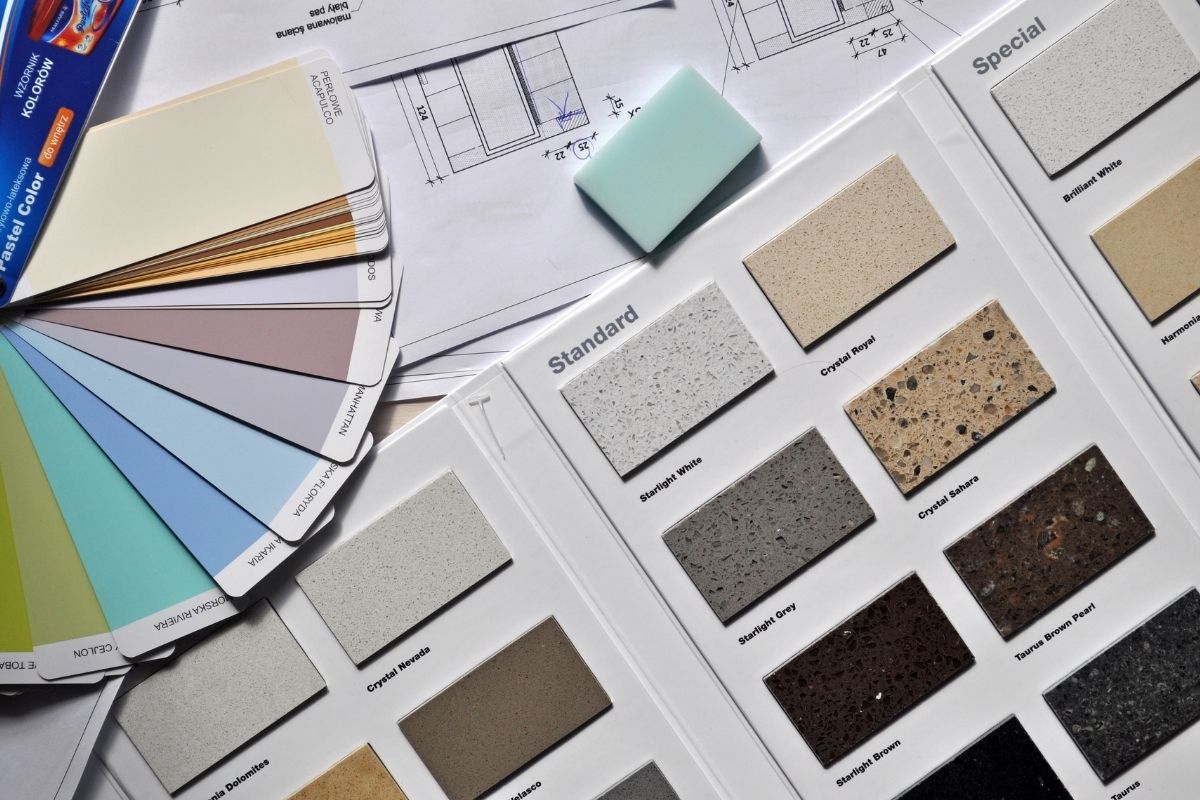Gaining a Product Design Education With Multiple Tools
How do we move through 3D ideation, especially today, with so many digital tools available? I find in my classroom quite often (in fact, it happened today), when people hear the words “3D sketching”, they think it means in the computer. It’s not so in my classes or in my studio. Because what I want to do is to free up the sketching as quickly as possible and make it as free as possible.
Starting Product Development Off Screen
By working with cardboard and non-precious materials, you can sketch quite quickly. In the physical realm, on the desktop, as opposed to on the screen, you happen upon happy accidents all the time. You see relationships very differently. I believe it maps in the brain differently from looking at a screen.
Product Design Should Be Done Quickly But Not Preciously
Even if you’re looking at a three-dimensional object on the screen, you’re still having a 2D experience. It’s the richest when you start by working with simple materials, and quickly but not preciously, to frame out the basic structure of the design.
Online Product Design Education Still Necessary for Presentations
If you’re comfortable in the computer and you want to go back in, by all means, go back in. Ultimately, in this day and age, we need to do so for presentation and production methods. But during the ideation phase, if we only remain on the screen, I don’t think we involve our full artistic self.


